- Write by:
-
Monday, December 21, 2020 - 12:16:51 PM
-
582 Visit
-
Print
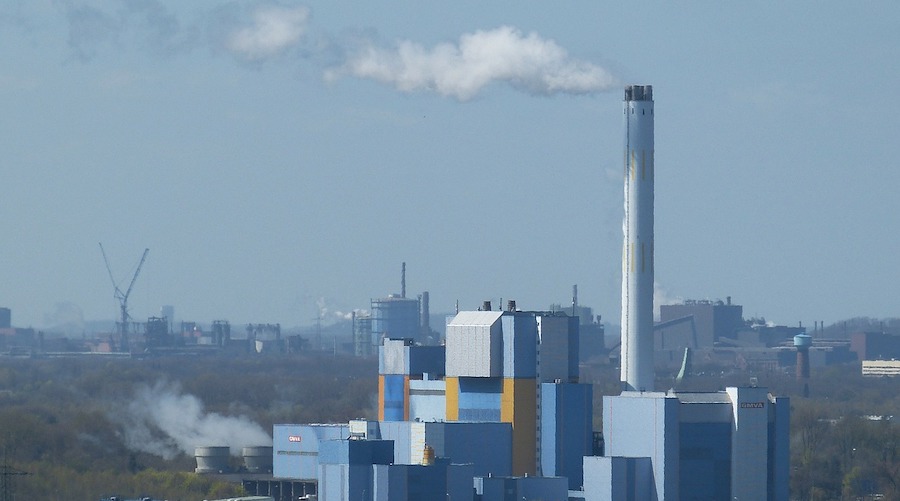
Mining News Pro - Researchers at Chalmers University of Technology in Sweden developed a method for extracting zinc from waste fly ash produced by the incineration of solid waste.
When done at proper industrial plants, the incineration of waste leads to the release of flue gases that are purified and small particles that are separated and form fly ash. This fly ash contains toxic substances and so it is normally classified as hazardous waste and sent to the landfill. This means that zinc and other metals contained in the ash are also disposed of.
But with the method created by Karin Karlfeldt Fedje and Sven Andersson, zinc was separated from the fly ash by treating waste with an acid wash – which was itself also separated from the flue gases. Once extracted, the zinc was washed and processed into raw material.
“In our pilot study, we found that 70% of the zinc present in fly ash can be recycled. The zinc is not extracted as a pure metal, which would be a much more intensive process, but instead as a zinc-rich product, which can be sold to the metal industry and processed further in currently existing industry production lines,” Karlfeldt Fedje said in a media statement.
During the pilot study, 75–150 kilograms an hour of fly ash from a Swedish waste-to-energy plant was mixed with scrubber liquids from the same flue gas treatment system in a continuously stirred vessel. The resulting slurry was dewatered in a vacuum belt filter. Hydroxide precipitation of the resulting leachate, followed by filtration of the formed crystals in a membrane filter press, produced a filter cake with up to 80 % weight zinc hydroxide.
The resulting product is precisely what differentiates the process developed by these researchers from similar technology being implemented in other European countries. Instead of extracting pure zinc metal, Karlfeldt Fedje and Andersson propose generating an end product that contains a very high proportion of zinc and that can be processed in existing production lines in the metal industry to fabricate high-purity zinc metal.
Besides extracting zinc, the scientists propose re-incinerating the leached fly ash to destroy toxic dioxins. Since 90% of the re-burnt ash is turned into bottom ash, they suggest using it as construction material.
In their view, this technology can be of great interest to all waste management actors as it offers great potential for recovering valuable metals in a relatively simple way and could have a significant impact on the profitability of waste incineration, as well as play an important role in the circular economy.
Short Link:
https://www.miningnews.ir/En/News/609816
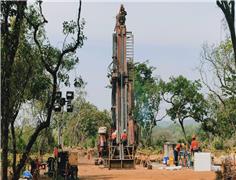
A prefeasibility study for Predictive Discovery’s (ASX: PDI) Bankan gold project in Guinea gives it a net present value ...
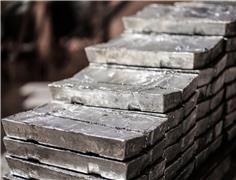
Zinc traded close to a one-year high as metals markets looked past delays to US monetary easing to focus on looming ...
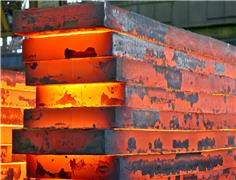
Iron ore futures prices drifted higher on Thursday as the latest soft data from top consumer China triggered renewed ...
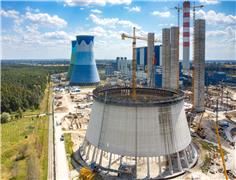
Polish government is abandoning plans to separate coal-fired power plants into a special company and is considering ...
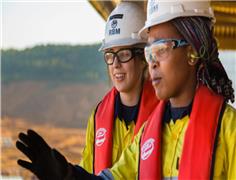
Rio Tinto said on Wednesday it is teaming up with a global venture studio and start-up investor to back the development ...
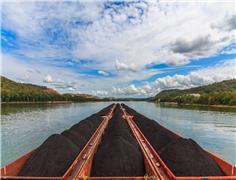
Outflows from global physically backed gold exchange traded funds (ETFs) continued for a 10th month in March, but at a ...
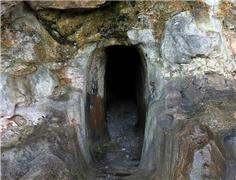
Researchers at the University of Edinburgh discovered that bacteria found in areas polluted by acid mine drainage had ...
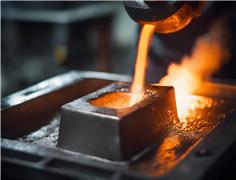
Copper jumped to its highest intraday price since January 2023 as the bellwether industrial metal faces rising tighter ...
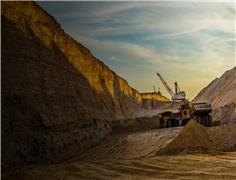
Australia’s Fortescue said on Monday it would form a joint venture with OCP Group to supply green hydrogen, ammonia and ...
No comments have been posted yet ...